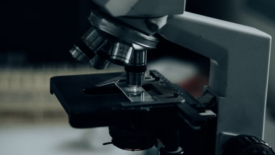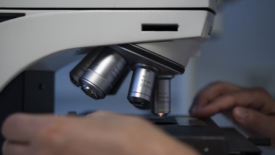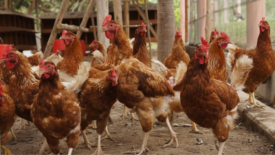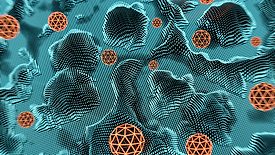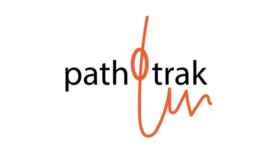Home » pathogen detection
Articles Tagged with ''pathogen detection''
Simulation of Sampling Strategies for Food Safety: A New Tool for Improved Sampling Performance
One solution to sampling problems is to maximize the power of sampling plans to detect target hazards at explicitly defined risk levels
December 11, 2022
BIZTRACKS
AOAC-Certified Pathogen Enrichment Kits Provide Results in Six Hours
April 15, 2022
Never miss the latest news and trends driving the food safety industry
eNewsletter | Website | eMagazine
JOIN TODAY!Copyright ©2025. All Rights Reserved BNP Media.
Design, CMS, Hosting & Web Development :: ePublishing


